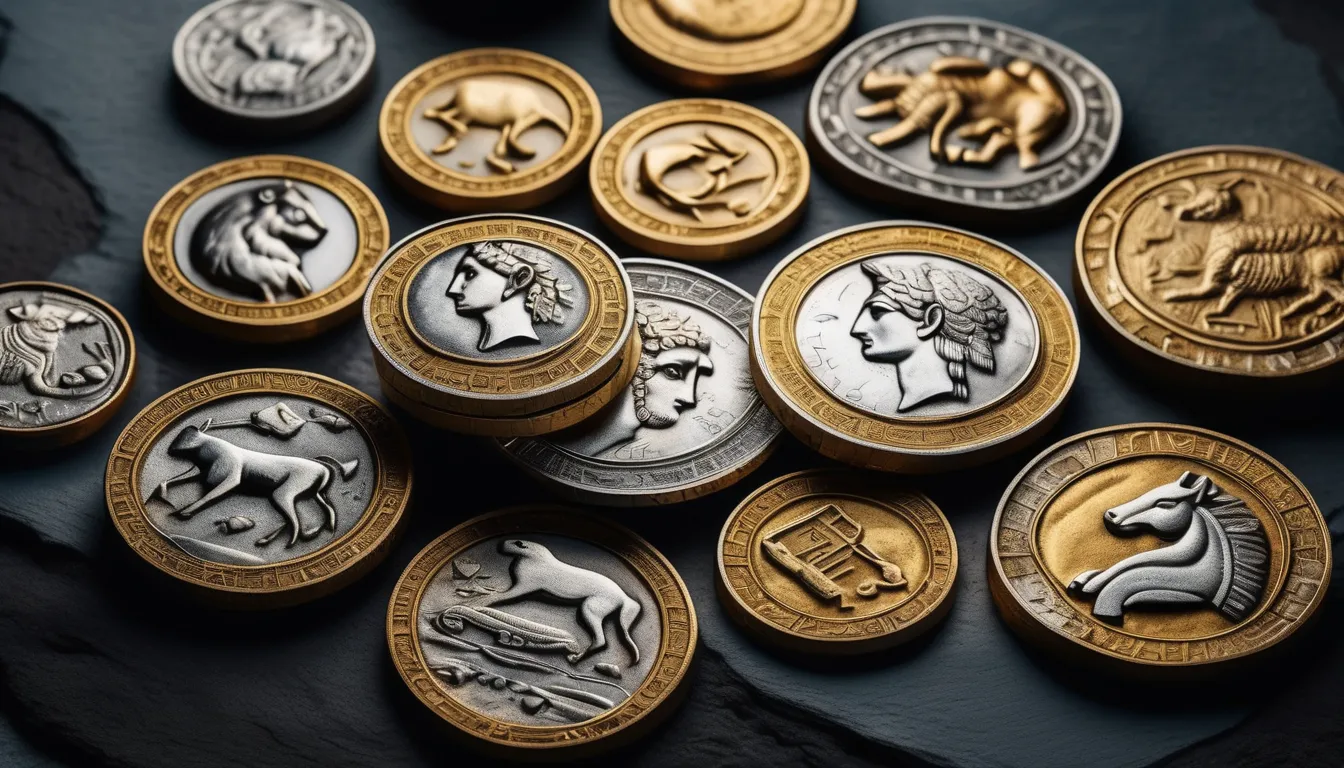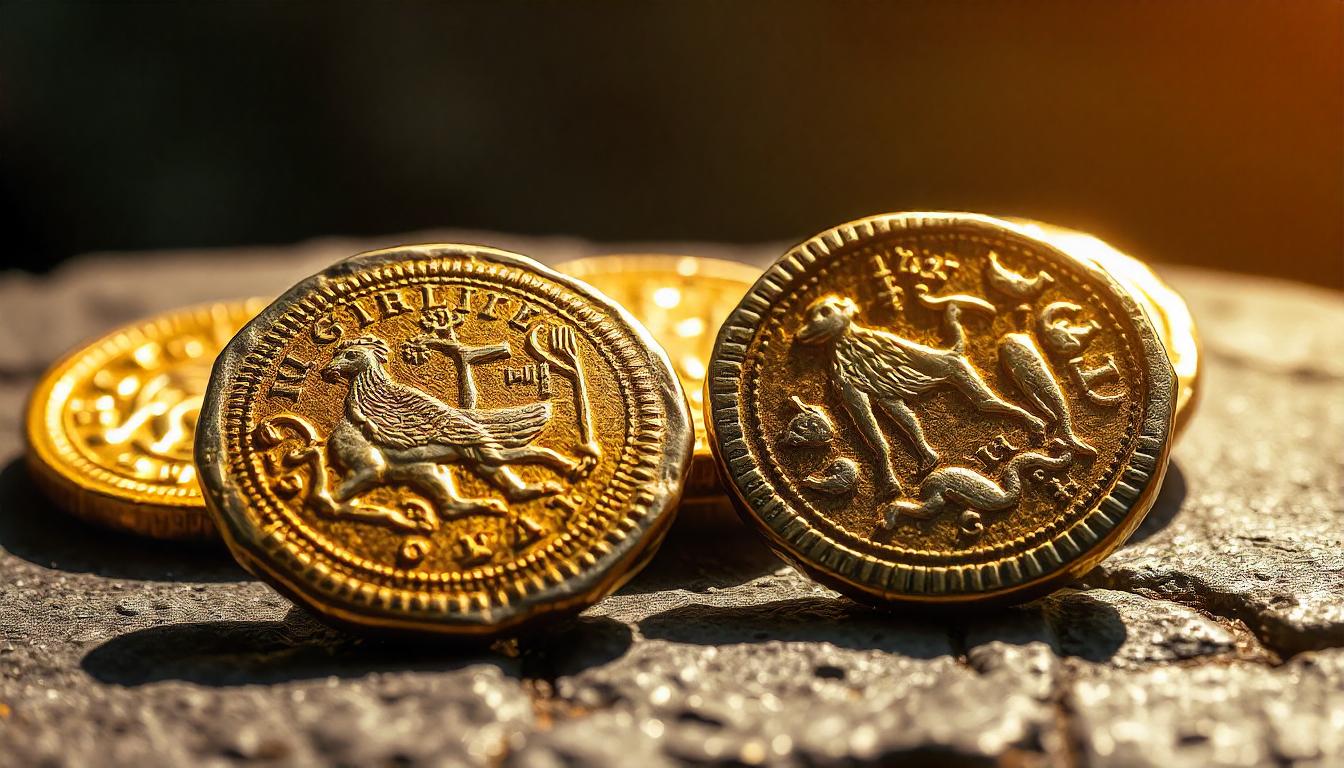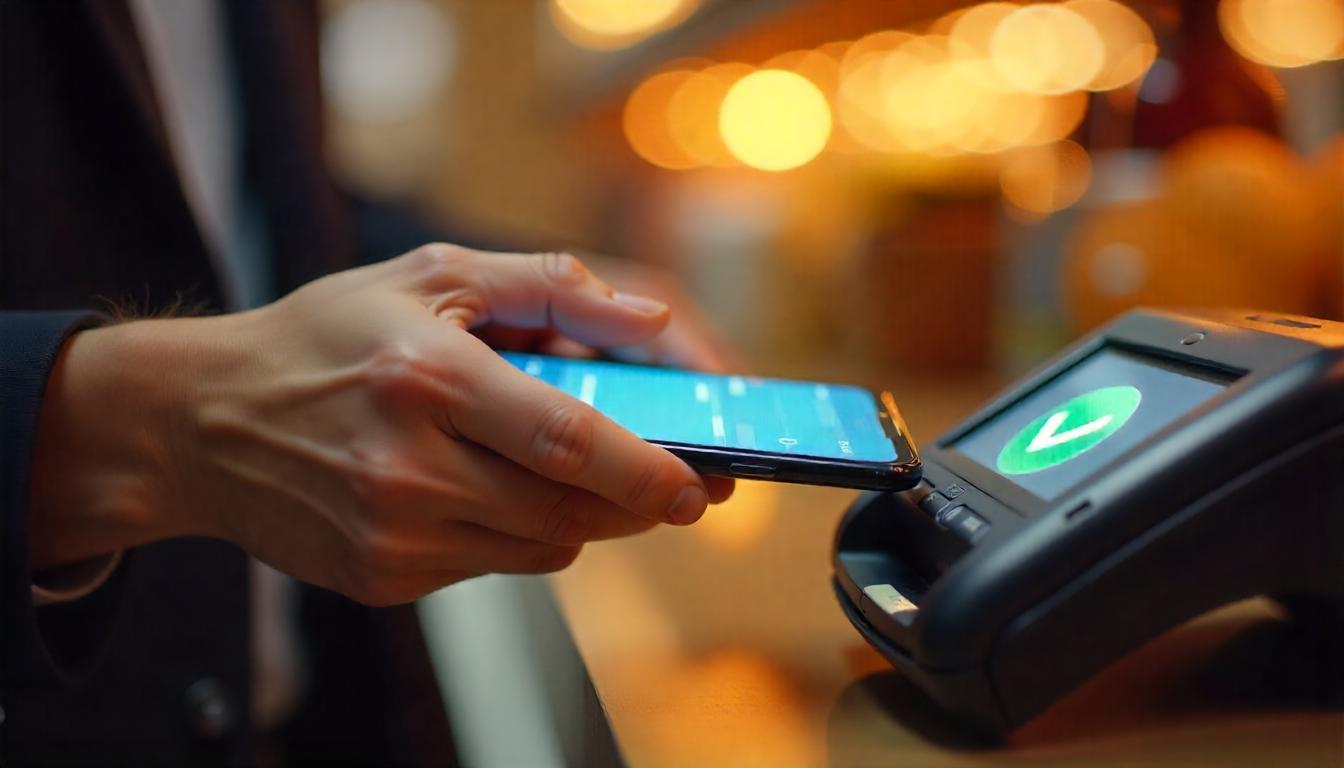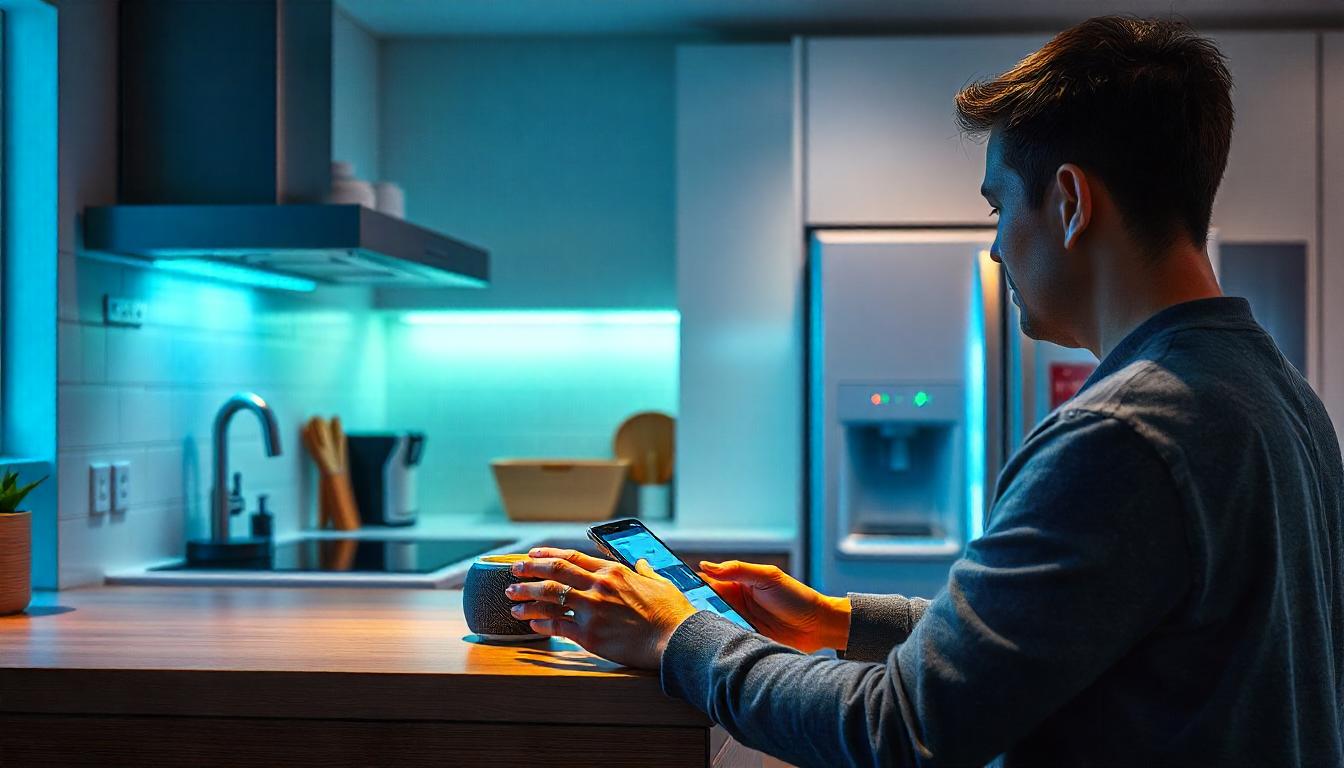The Evolution of Payments- From Barter to Blockchain
 Azhar Hussain
Azhar HussainTable of contents
- 1. Barter System-The Origins of Trade
- 2. Commodity Money-The First Currency
- 3. Metal Coins-The Age of Minted Currency
- 4. Paper Money-Lightweight and Portable Wealth
- 5. Banking and Checks-Foundations of Modern Finance
- 6. Telegraphic Transfers-The First Digital Payment
- 7. Credit Cards-The Birth of Convenience
- 8. ATMs and Online Banking-Payments Go Digital
- 9. Mobile Payments-Payments on the Go
- 10. Cryptocurrency-The Rise of Decentralized Money
- 11. Digital Wallets and Contactless Payments-The Convenience Revolution
- 12. Biometrics and the Future of Payments

Imagine life in ancient times. You’re a farmer who wants to trade some grain for meat, but there’s a problem: the shepherd you’re dealing with doesn’t need grain. Without a way to assign a common value to your goods, you’re left with a sack of wheat and no dinner. This very dilemma led to the invention of money, a brilliant tool to streamline human exchange. Fast forward to today, and we’re tapping our phones and using digital currency to buy things from around the globe. The journey from bartering to blockchain is a fascinating story of innovation, technology, and the power of connection.
1. Barter System-The Origins of Trade

In the earliest societies, people relied on the barter system. Trading goods and services directly meant you needed a "double coincidence of wants"—both people had to want what the other offered. While this worked in small, tight-knit communities, it became a challenge as societies grew. Imagine if everyone today had to trade their belongings or skills for things they wanted. Money evolved as the ingenious solution to these early trade headaches.
2. Commodity Money-The First Currency

To solve these challenges, people began to use commodity money—items that everyone found valuable. Shells, livestock, and grain were common currencies. In certain parts of Asia and Africa, cowrie shells became popular because they were durable, easy to carry, and challenging to counterfeit. Slowly, people began to recognize that certain materials like silver and gold held value across communities, setting the foundation for standardized money.
3. Metal Coins-The Age of Minted Currency

The concept of metal coins brought us closer to modern money. Around 600 BCE, the ancient kingdom of Lydia (modern-day Turkey) minted the first metal coins. Made from electrum, a natural alloy of gold and silver, these coins carried a set value. Soon, coins spread throughout Greece, Persia, Rome, and China, each kingdom stamping its currency with symbols of authority. Coins were portable, durable, and held universal value, making them a true game-changer in commerce.
4. Paper Money-Lightweight and Portable Wealth
The Tang Dynasty in China (618–907 CE) was the first to experiment with paper money, but it was during the Song Dynasty (960–1279 CE) that it became widespread. Merchants and traders no longer had to carry heavy coins across vast distances. In Europe, paper money didn’t appear until the 1600s, with Sweden and France among the first to experiment. Paper money solved portability issues, allowing economies to flourish on a global scale.
5. Banking and Checks-Foundations of Modern Finance
With the growth of trade and the Industrial Revolution, banks emerged as secure places for deposits, loans, and investments. The Bank of England, founded in 1694, was instrumental in establishing a standardized banking system. Alongside, the use of checks offered a way to make payments without physical money, paving the way for today's digital transfers.
6. Telegraphic Transfers-The First Digital Payment
In the 19th century, the invention of the telegraph marked the first electronic transfer of money. Western Union enabled people to send money across cities, even countries, using telegraphic codes. This shift showed the power of technology in finance and opened the door for today’s lightning-fast digital transfers.
7. Credit Cards-The Birth of Convenience
The modern credit card revolution began in the 1950s with the Diners Club card, which allowed people to charge meals to a single account. By the late 1950s, Bank of America introduced the BankAmericard (now Visa), followed by MasterCard. These cards simplified transactions, letting people buy now and pay later. Today, credit cards are among the most widely used payment methods worldwide, continually innovating with rewards, security features, and online capabilities.
8. ATMs and Online Banking-Payments Go Digital
In the 1970s, Automated Teller Machines (ATMs) allowed users to withdraw cash and manage accounts electronically, marking another significant evolution. By the late 1990s, online banking emerged, allowing customers to transfer funds, pay bills, and manage finances from home. This shift from physical to digital began changing the way people viewed money, setting the stage for mobile banking and payments.
9. Mobile Payments-Payments on the Go

As smartphones gained popularity in the early 2000s, mobile payments came into the picture. PayPal pioneered digital transactions, while apps like Apple Pay, Google Wallet, and Samsung Pay transformed smartphones into virtual wallets. Whether it’s a quick tap at a coffee shop or a QR code payment at a store, mobile payments became the norm, especially in markets like China, where WeChat Pay and AliPay dominate.
10. Cryptocurrency-The Rise of Decentralized Money
In 2009, an anonymous entity named Satoshi Nakamoto introduced Bitcoin, a peer-to-peer digital currency that operates independently of banks. Bitcoin’s blockchain technology enables secure, transparent transactions without middlemen. While many cryptocurrencies have since emerged, the potential of blockchain goes beyond payments, impacting fields like smart contracts, supply chain, and data security.
11. Digital Wallets and Contactless Payments-The Convenience Revolution

Digital wallets store payment information securely and enable contactless payments. With Apple Pay, Google Pay, and Samsung Pay, consumers can make payments with a tap or scan. Many debit and credit cards also offer contactless options, creating a fast, hygienic, and secure way to pay—especially after the pandemic accelerated contactless adoption worldwide.
12. Biometrics and the Future of Payments

Biometric technology is pushing the boundaries of convenience and security. With fingerprint, facial recognition, and iris scanning, payments are becoming increasingly secure. The future of payments lies in AI-powered financial assistants and IoT-integrated devices that enable payments as easy as speaking a command to a smart speaker.
From the days of bartering grain to making Bitcoin transactions, payment methods have always evolved with society's needs. Today, our transactions are fast, secure, and increasingly invisible. Digital wallets, contactless payments, and biometric authentication signal an exciting future where technology blends with finance to create a seamless, global payment ecosystem. As we look forward, new advancements in AI, blockchain, and IoT promise to make payments easier, more secure, and more personalized than ever before.
The history of payments is not just a story of money but a reflection of human ingenuity, adaptability, and the desire to connect across borders. What started with a simple barter has become a world where even the click of a button can complete a transaction. Who knows what the future holds—but one thing is certain: the evolution of payments will continue to redefine how we interact, trade, and connect.
Subscribe to my newsletter
Read articles from Azhar Hussain directly inside your inbox. Subscribe to the newsletter, and don't miss out.
Written by

Azhar Hussain
Azhar Hussain
Over 2 decades of software engineering experience, including over a decade in building, scaling and leading engineering teams.